A yeast infection is a common sort of fungal infection. To cure yeast infection at home, several ways can be used.Yeast infections more commonly affect the genital area.
Yeast infections are commonly caused by Candida albicans, other types of yeasts can also be a cause. Several treatments are available for yeast infections, including cure yeast infection at home by many self-done home remedies.
Symptoms of genital yeast infections:
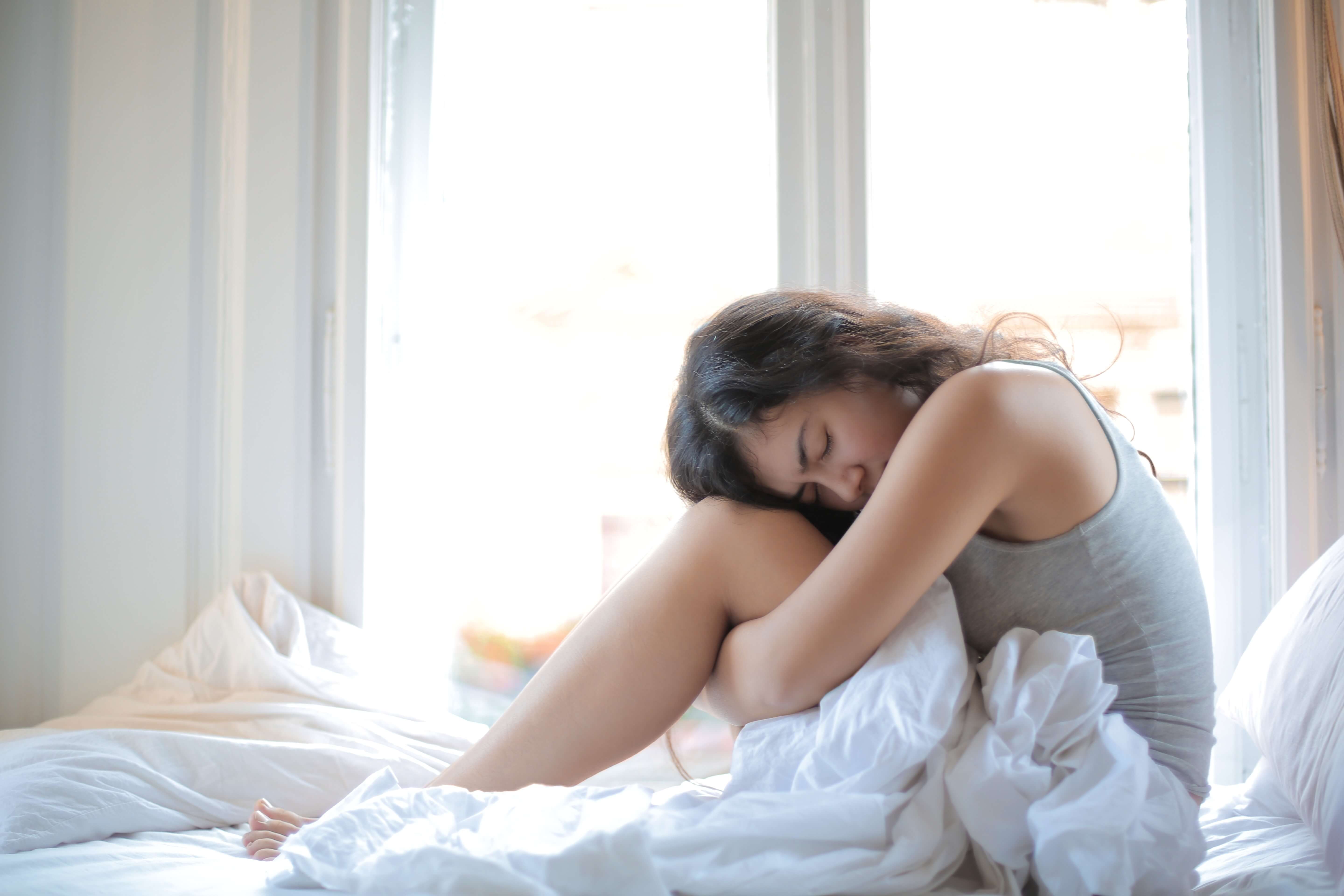
In females:
1-Itching.
2- Pain.
3- Leukorrhea, (whitish or yellowish cheesy vaginal discharge of mucus).
4-Painful intercourse.
5-Vaginal burning mainly during urination.
6-Redness.
7-Rash.
8-Swelling.
9-Severe yeast infections may develop skin sores or skin fissures, and this requires medical referral to a physician, as home remedies aren't suitable in this case.
In males:
1-Symptoms affect the head of the penis:
A-Itching.
B-Irritation.
C-Redness.
2-Discharge from the penis.
Who can be affected by genital yeast infections ?!
Women are more susceptible to genital yeast infections, and to a lesser degree men can also be infected.
Some studies stated that 75 % of women surely got a genital yeast infection at least one time in their lives.
Cure yeast infection at home:
1- Over the counter medications:
Cure yeast infection at home can be done with antifungal cream preparations or pessaries from pharmacies.
These antifungal creams or pessaries can be purchased at pharmacies without prescriptions to cure yeast infections.
Some are of internal use, others are of external use.
Drug frequency :
Some are applied as a single daily dose, twice daily, three times daily, and others are of week-long application.
Azole antifungals are taken systemically (internal use),e.x: Itraconazole, ketoconazole, miconazole, tioconazole.
Azole antifungals have an efficiency of 80% to cure vaginal yeast infections.
2- Boric acid:
Boric acid is considered to be a powerful antiseptic,so it's used for treating vaginal yeast infections which are resistant to other remedies.
*Boric acid formulations are :
A- Topical preparations:-
recommended by CDC for curing vaginal yeast infections.
CDC "centers for disease control and prevention ".
B - Vaginal suppositories:-
-
Boric acid shouldn't be taken orally or applied to open skin, because Boric acid is so toxic in large doses. It can cause renal failure and, or circulatory system failure, and may lead to death.
-
Pregnant women shouldn't use any form of boric acid.
-
Boric acid is also not suitable for people with sensitive skin.
*New research reported that vaginal yeast infections that are resistant to systemic azole antifungals can be cured by combination therapy of topical boric acid and systemic flucytosine antifungal with a success rate of 70%.

3- Yoghurt:
Vaginal yeast infections caused by Candida albicans can be cured by yogurt, which is considered to be a probiotic, as it contains live bacteria like lactobacillus acidophilus. These bacteria maintain vaginal homeostasis ( create a healthy environment to prevent overgrowth of candida yeasts. )
-
Never add sugar to yogurt, as sugar is a suitable fuel for the growth of Candida species,(Should be unsweetened).
★ How to cure yeast infection at home using yogurt?
-
Can be inserted into the vagina.
-
Applied to the vulva of the vagina.
-
Eat yogurt by mouth.
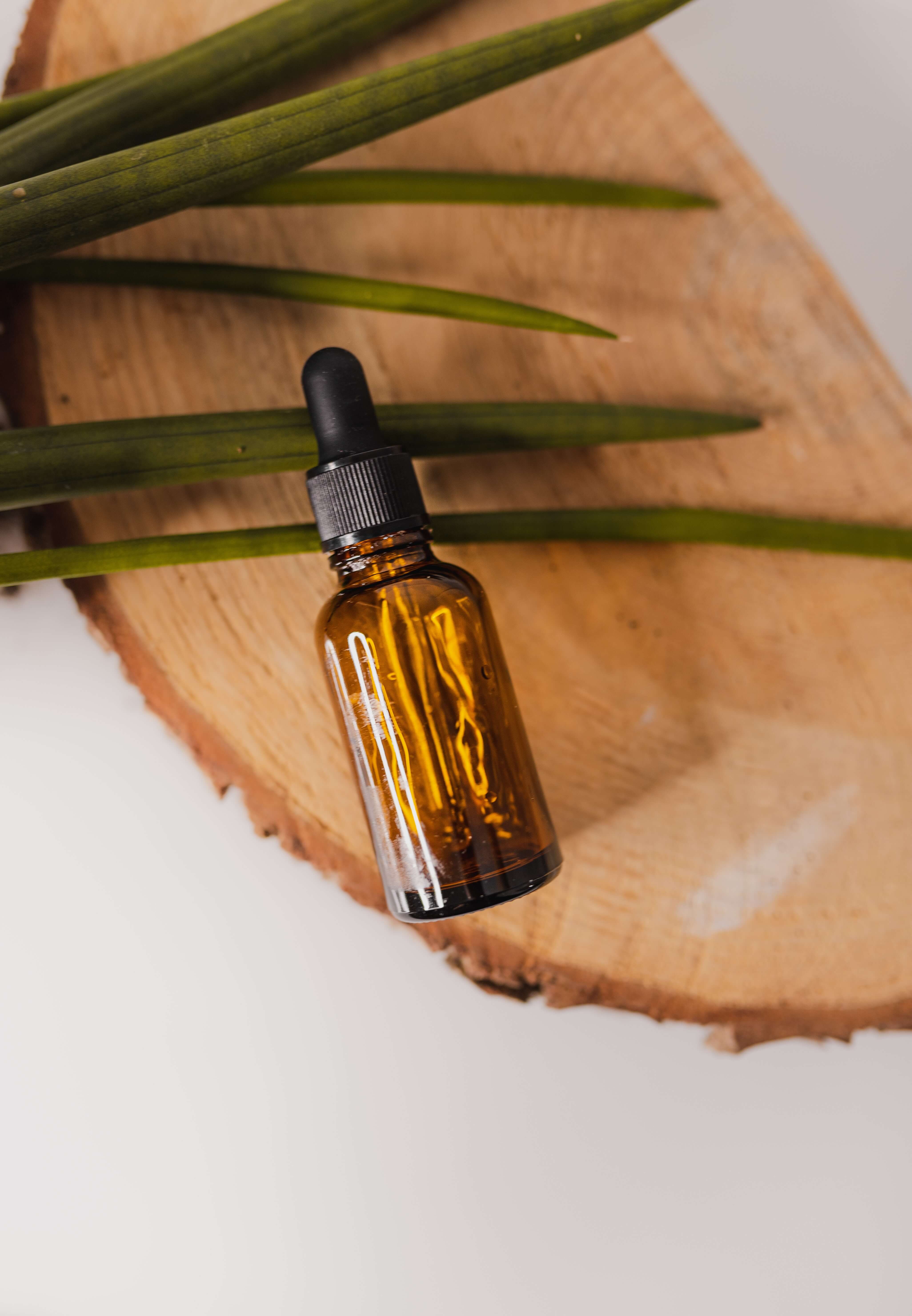
4- Tea tree Oil:
It can be used to cure yeast infection at home, due to its antifungal properties.
It's able to kill a wide range of fungi yeasts.
-
Besides having a powerful antifungal activity, tea tree essential oils are also having good antimicrobial activity and can kill bacteria.
-
Tea tree oil should never be applied to the skin undiluted, it should be diluted with a carrier oil like coconut or jojoba oil.
-
Like boric acid, tea tree oil isn't suitable for people who have sensitive skin. (Sensitivity test can be done before application)
-
Never swallow tea tree oil.
★ How to use tea tree oil to cure yeast infection at home?
★ Vaginal suppositories containing tea tree oil formulations.
★Tea tree oil is diluted with coconut oil, to which a tampon is soaked, then inserted into the vagina overnight.
5- Probiotic suppositories and supplements:
These supplements are taken orally, or inserted into the vagina.
Oral probiotic supplements may take 10 days to reach the best effect, so women prefer probiotic supplements that are in the form of vaginal suppositories to get faster results.
It contains live bacteria like lactobacillus acidophilus, which restores the balance between bacteria and yeast.
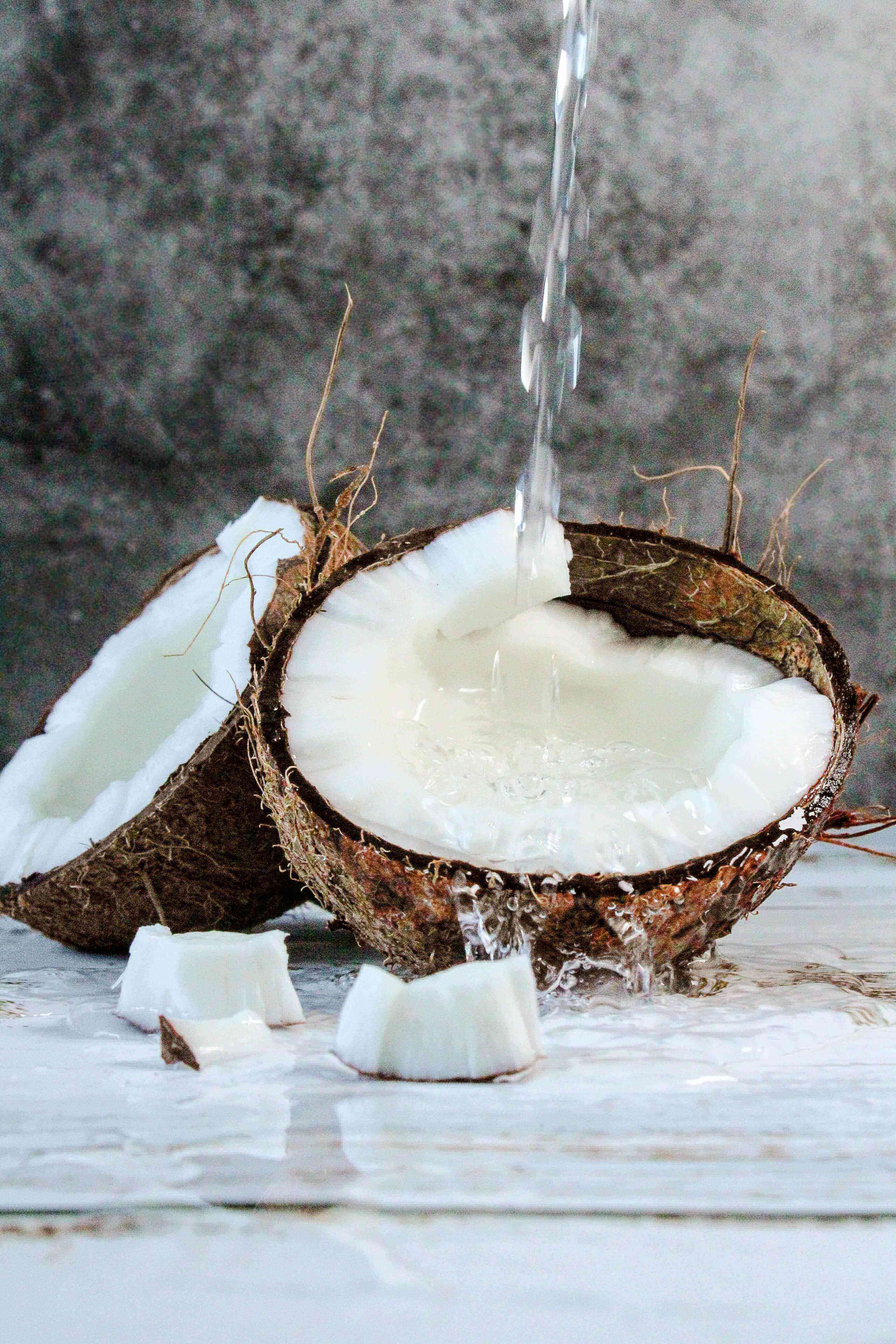
6- Coconut oil:
Coconut oil is a fatty oil with antifungal activity, shown to be effective against Candida albicans yeast.
It's used internally or externally for treating vaginal candidiasis.
It can be directly applied to the affected area.
It can be also used as a carrier oil for oregano and tea tree oil which have stronger antifungal activity (if warmed).
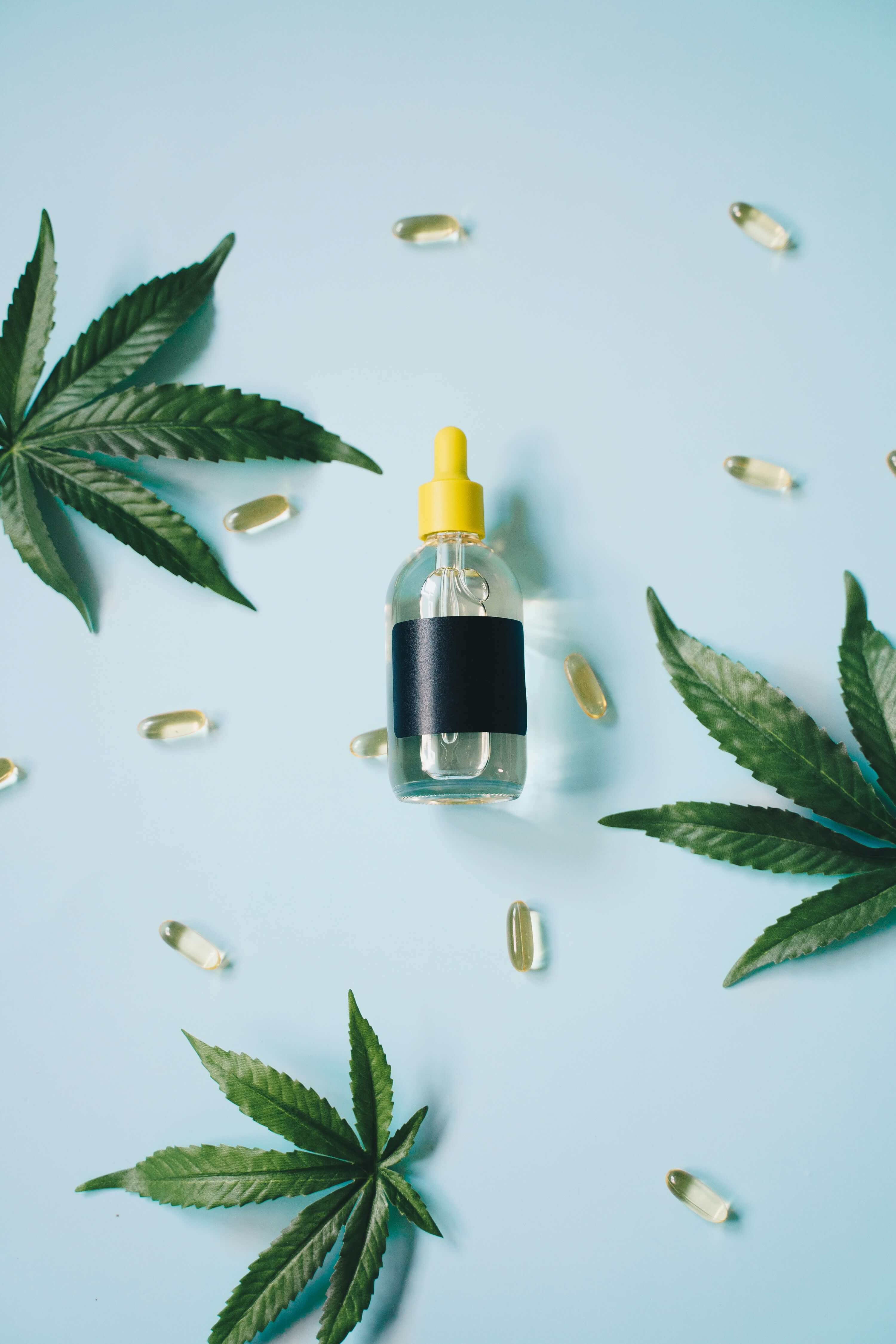
7- Oil of oregano:
Its antifungal properties thanks to carvacrol and thymol ( two potent antifungals ), which can inhibit or slow the growth of Candida albicans yeast.
*Formulations containing oil of oregano used to cure yeast infection at home:
A- Capsules:
Can be inserted into the vagina at night.
B- Medicated tampon:
A tampon can be soaked into oil of oregano which is diluted in a carrier oil like coconut oil, olive oil, or sweet almond oil, and then inserted into the vagina overnight but not more than 6 hours.
-
Oil of oregano should not be applied directly to the skin undiluted, dilute it in a carrier oil at first.
-
Sensitivity tests can be done on the forearm.
-
Oil of oregano is considered a natural blood thinner, so it's contraindicated with other blood thinners like aspirin, warfarin, heparin, and heparin derivatives ( like fondaparinux and enoxaparin), due to increased risk of bleeding.
-
People who suffer from a vitamin-k deficiency or any blood clotting disorder shouldn't use the essential oil of oregano.

8- Garlic:
*Studies concerning garlic have doubts about its activity against Candida albicans.
*Some studies suggested that it has antimicrobial and antifungal activity against Candida albicans, other recent researches suggest that it does not affect candida yeasts.
*Topical cream containing garlic and thyme was found to have efficacy against yeasts compared to that of clotrimazole vaginal cream.
*Eating garlic or adding it into the diet is a method for using garlic to cure yeast infection at home, others suggest inserting garlic into the vagina using a thread but this will cause pain and burn for sensitive skins.
9- Hydrogen peroxide:
It's produced by lactobacillus bacteria Which is a normal flora in the vagina that inhibits yeast overgrowth.
-
Hydrogen peroxide should be diluted with water ( half hydrogen peroxide and half water ), and then added into a bath, the female set in the bath, but it shouldn't be used for a long time.
10- Vitamin C ( Ascorbic acid ):
It's an immune system enhancer, enhancing the immune system help in restoring the vaginal balance or homeostasis and this will help to cure yeast infection at home.
-
Increase Ascorbic acid intake in the diet and not apply it to the sensitive vaginal tissues.
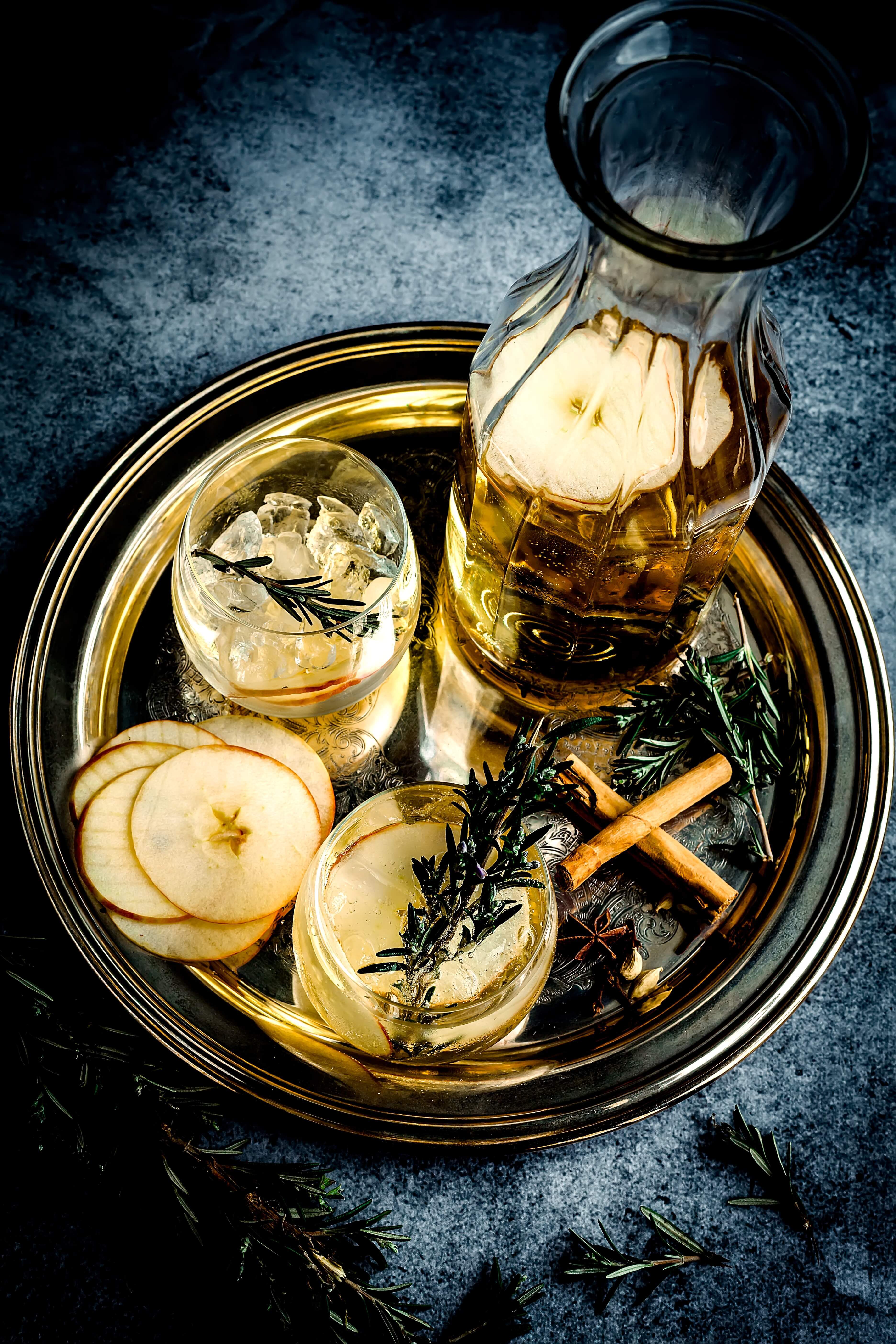
11- Apple cider vinegar:
A common method used to cure yeast infection at home is setting in a bath of apple cider vinegar.
-
Like hydrogen peroxide, apple cider vinegar should be diluted with water, then used as a bath, and not for douching.
Some tips:
A- Herbal remedies:
Recent studies proved that cinnamon and clove have reasonable antifungal activity.
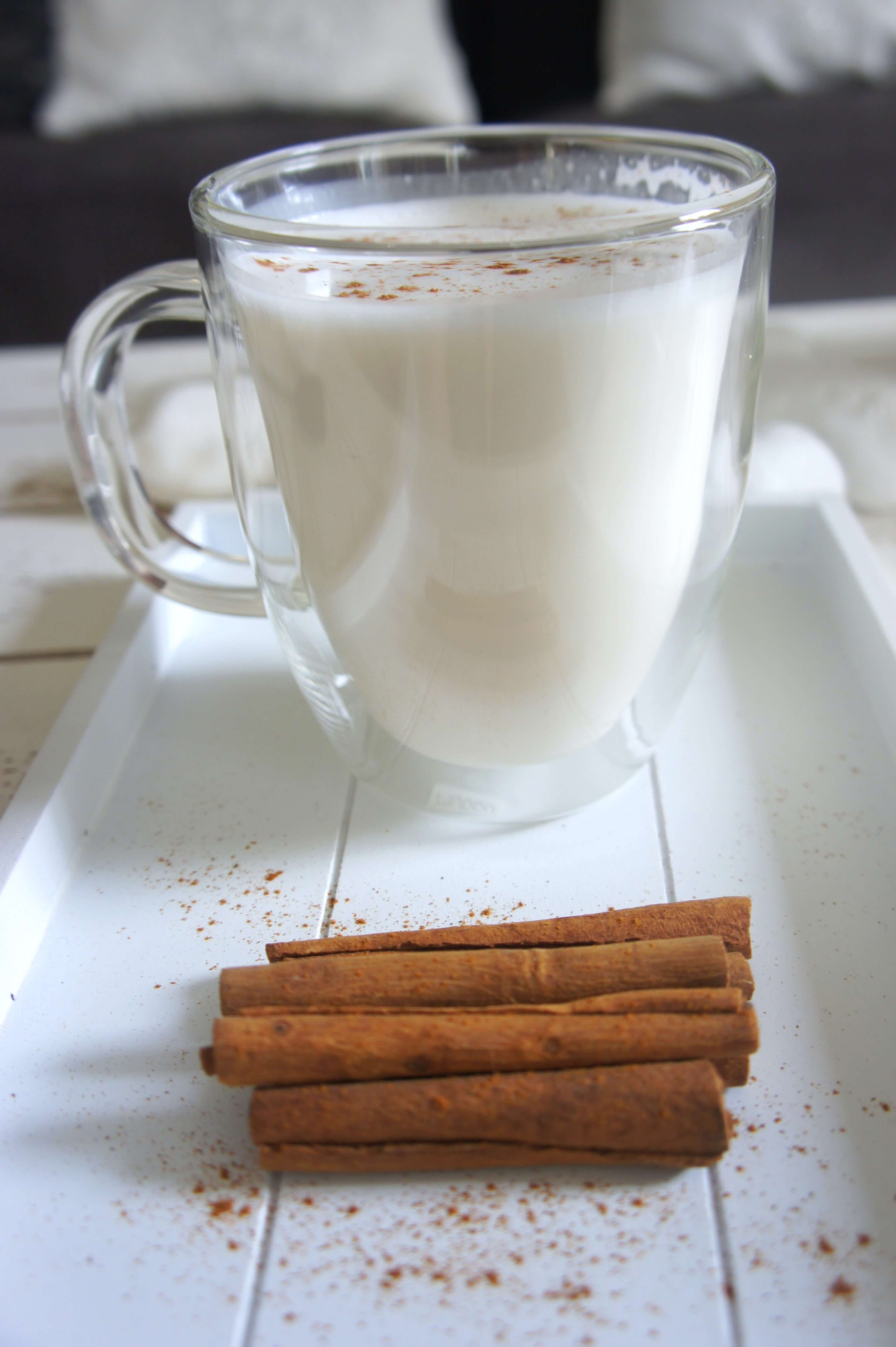
1- Cinnamon:
Cinnamon oil (cinnamaldehyde) is responsible for its antifungal activity against Candida albicans.
Useful for diabetic patients who caught Candida infection, so they can add it to their diet.
2- Clove:
Clove oil ( Eugenol ) is responsible for its antifungal activity against Candida albicans, which is compared to that of Nystatin.
B- When to visit a doctor?
1- If the infection is severe or causing sores or skin fissures.
2- If the infected female is pregnant.
3- If the infection recurs four or more times a year.
4- In diabetic or immunocompromised patients.
5- When trying to cure yeast infection at home do not improve symptoms within a few days of remedy.
6- Non-experienced females who get yeast infection for the first time.
C- Finally, I would like to describe how to prevent vaginal yeast infections:
1- Loose-fitting, cottony underwear should be the choice to wear, to keep the genital area dry.
2- Sugar is fuel for the growth of Candida, so decrease sugar intake in the diet.
3- Vaginal douches flush out good and bad bacteria, this may disrupt the vaginal balance causing yeast overgrowth, so bathing is preferred, and use douches only under medical advice.
4- Good hygiene after having sex is necessary, as sex can also disrupt vaginal homeostasis.
5- Never stop treatments if you feel better,as this can develop a more resistant yeast infection especially when you're at high risk (such diabetic patients).
6- Avoid excessive unreasonable use of broad spectrum antibiotics.
7- Avoid intercourse when your partner is infected with a yeast infection.
Summary:
Yeast infections are common genital infections which can be cured at home.Good hygiene is necessary for both partners to reduce the risk of having a yeast infection.
Healthy diet is also necessary to decrease the risk of catching a yeast infection, eating yoghurt and decreasing sugar intake in diet is helpful in females.
By / Dr Mohamed Talaat Ahmed



You must be logged in to post a comment.